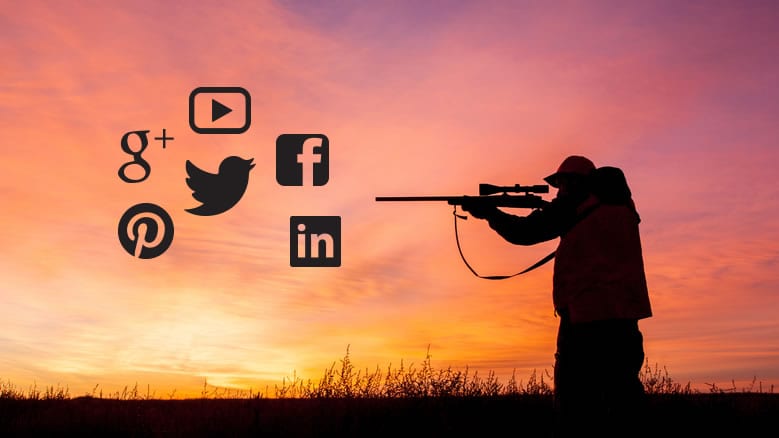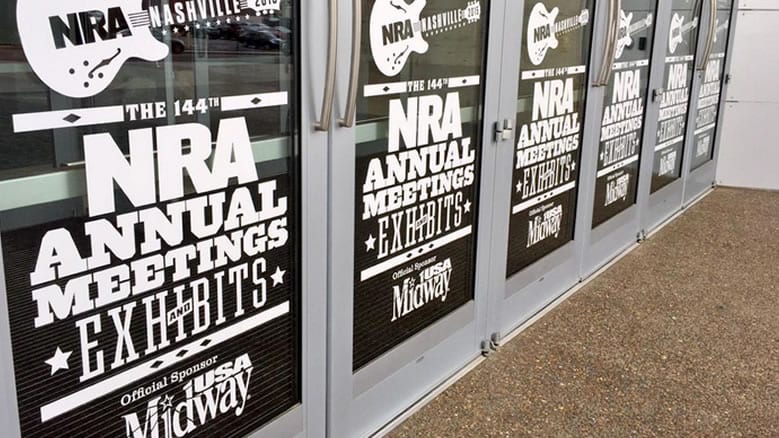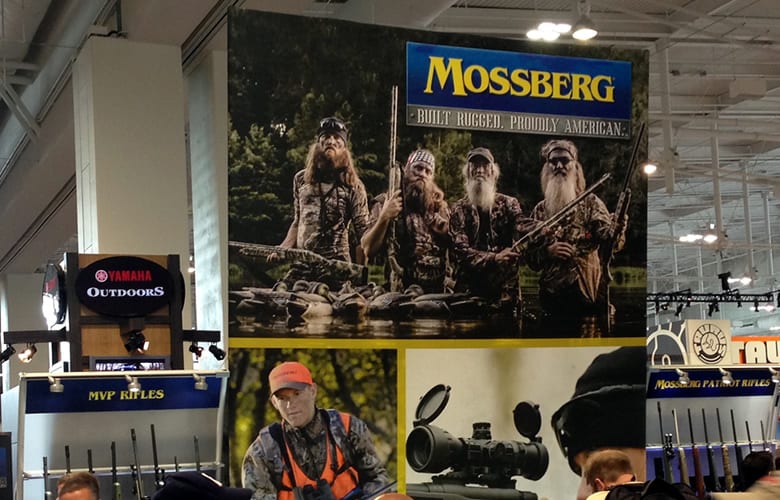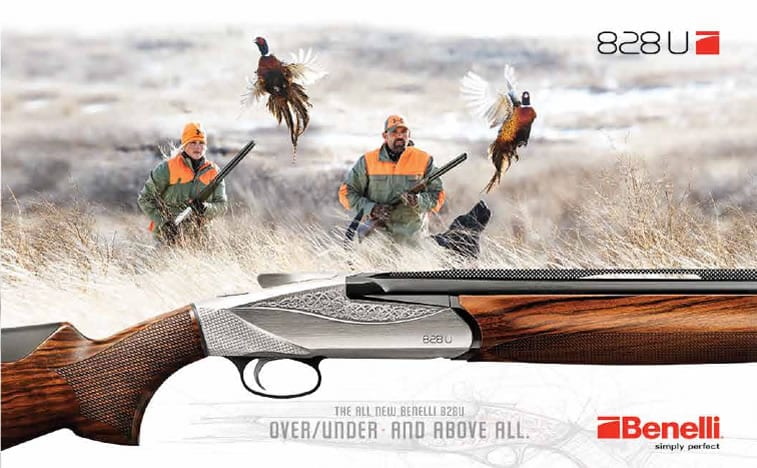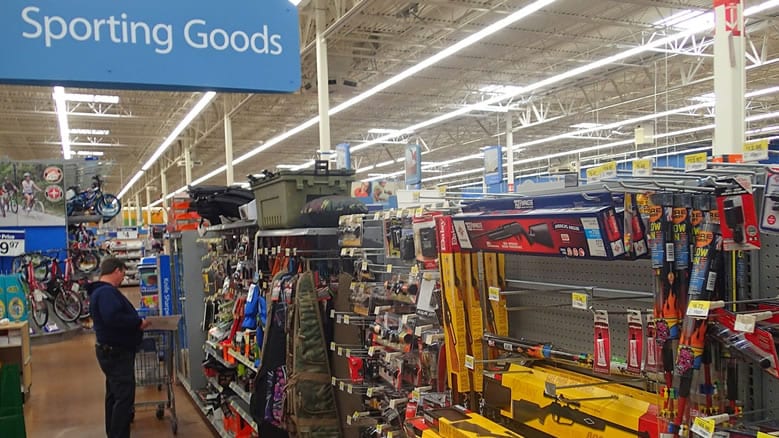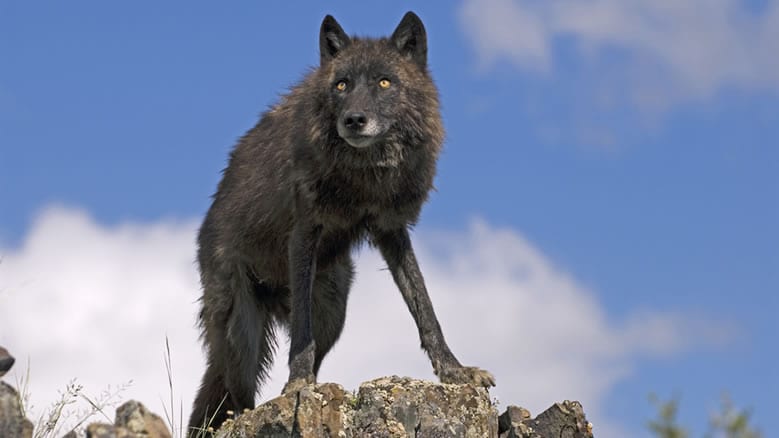
“This product sucks, I bought it and within five days it broke. I called the manufacturer and had to sit on hold for 15 minutes to figure out how to get my money back. And when I finally did get them on the line, I had to go through four different service reps to find out it wasn’t under warranty. I will never buy from this company again, and I’m going tell all my friends to stay away.” – John M. from Facebook
Sound familiar?
At some point if you’re a manufacturer and sell products online in the hunting, outdoor and firearms industry, negative feedback is not a matter of if, but when. We work in an industry where reputation is everything. People are highly passionate about the shooting, hunting and the outdoor sports—any negative experience like faulty products, bad customer service or false information will be met with a highly passionate response.
According to a new survey conducted by Dimensional Research, an overwhelming 90 percent of respondents who recalled reading online reviews claimed that positive online reviews influenced buying decisions, while 86 percent said buying decisions were influenced by negative online reviews. (Source: Marketing Land)
In this post, I’ll give you five ways on how to deal with negative customer comments to help you minimize damage to your brand and neutralize an angry customer.
1. Deal with the problem immediately
When a customer is unhappy, whatever the reason, it’s important to act quickly. A negative review or comment on your website or social media page has the potential to be seen by other potential customers. You don’t want the customer’s anger to fester. By acting quickly it shows you care about the customer and providing good customer service.
2. Be polite, apologetic and public
The old saying, “the customer is always right” is applicable here. You have to swallow your pride, be polite and apologetic. If the customer is unreasonable, others will see this on your feed and know you are doing all you can to remedy the situation. For example, if they sharpened their knife with a grinder and want their money back because it was milled to a toothpick, this obviously is not your fault. Be polite and explain to them that your product isn’t supposed to be sharpened in this manner. This makes you look better in the eyes of the people observing. If it gets too heated, take it offline. It’s not worth it to try and win an argument on social media for everyone to see.
3. Make it right, if possible
In all instances, whatever you can—within reason—try to make it right with the customer. If you have to send them a new product or refund their money—expedite their request. You’ll end up saving your brand’s reputation and cut off any negative reaction the angry customer might engage in. Like writing a blog or producing a video about their negative experience, posting a review on Google or filing with the Better Business Bureau. All of these are almost impossible to overcome and will affect your business’ bottom line.
4. Pick your battles
It seems like there are a lot of people who just like to kick up dust and cause trouble. We’ve all observed unwarranted attacks in forums from people who just want to attract attention or make someone else look stupid. If a person attacks your brand or product for no apparent reason, respond as politely and tactfully as possible. Use facts to back up your reply. Most of the time they are only trying to stir up controversy. Before responding, see how big of following they have on Twitter, Facebook and LinkedIn and if others feel the same as they do. Sometimes, you may just have to ignore or delete their comment. Sometimes they may be right.
5. Hire the right people
By employing the right people for your organization you can drastically reduce the number of customer complaints from a customer service standpoint. 62% of B2B and 42% of B2C customers purchased more after a good customer service experience. If you get an angry customer who calls in demanding their money back, it’s going to be very important that the person who takes the call incorporates the above points. We’ve all experienced the grumpy customer service person. Make sure your customer service rep is trained correctly and can resolve the situation quickly. In the same survey, 72% blamed their bad customer service interaction on having to explain their problem to multiple people. (Source: Zendesk)
Working in the hunting, outdoor and firearms industry is highly rewarding work and sometimes not for the lighthearted. By dealing with negative customer feedback quickly, being polite, doing all you can to make it right, picking your battles and hiring the right people, you’ll be able to save and manage your brand’s reputation more effectively when dealing with negative customer comments and reviews.



